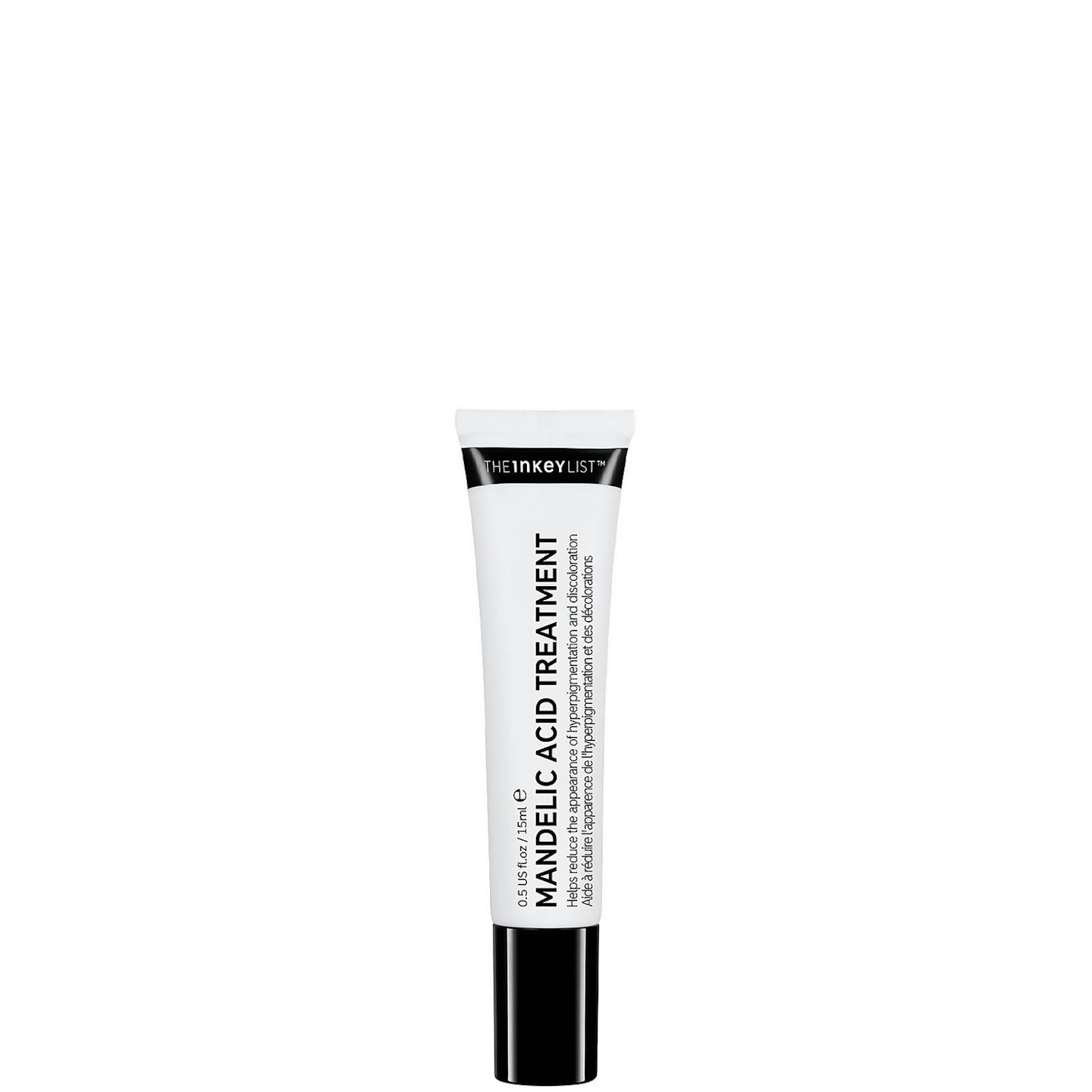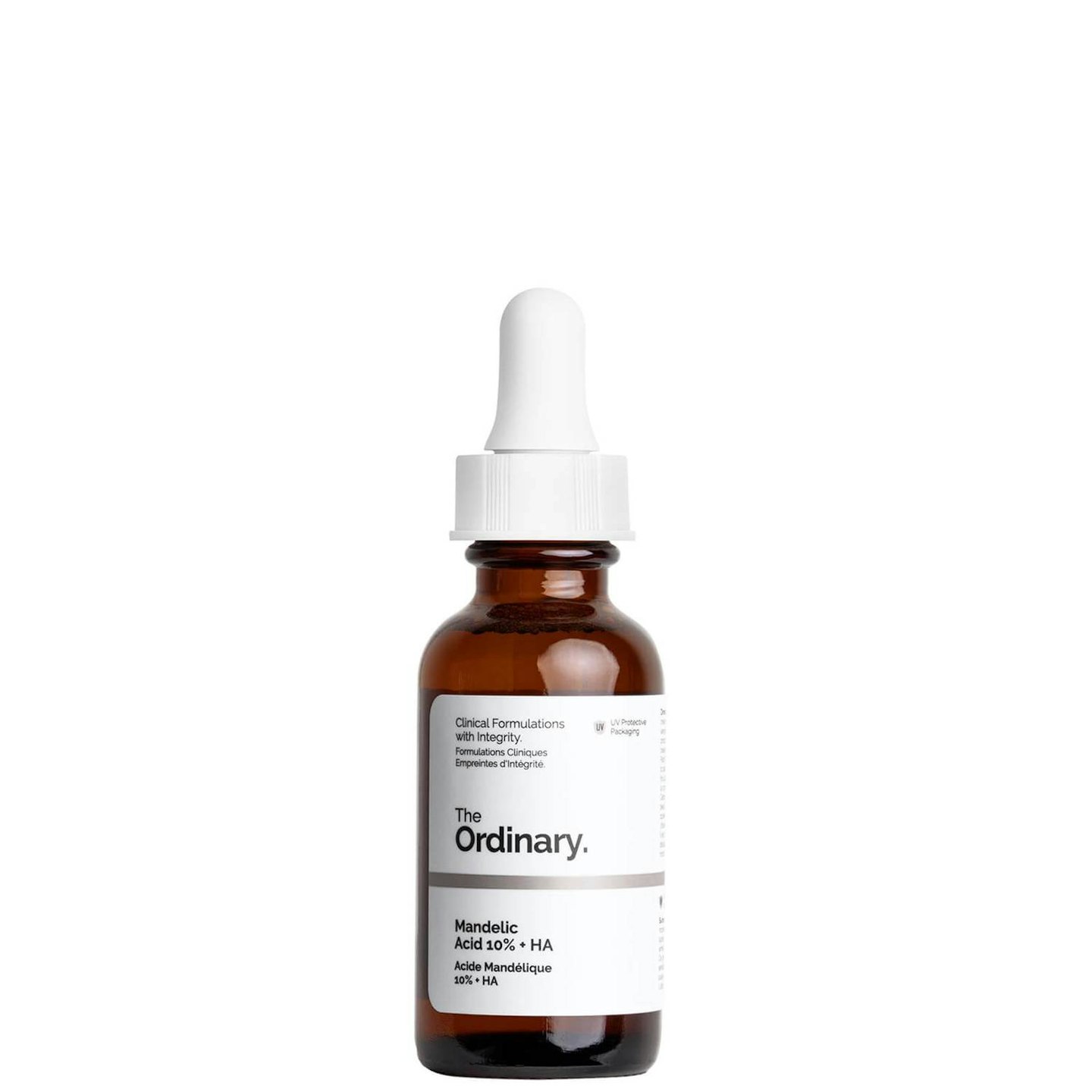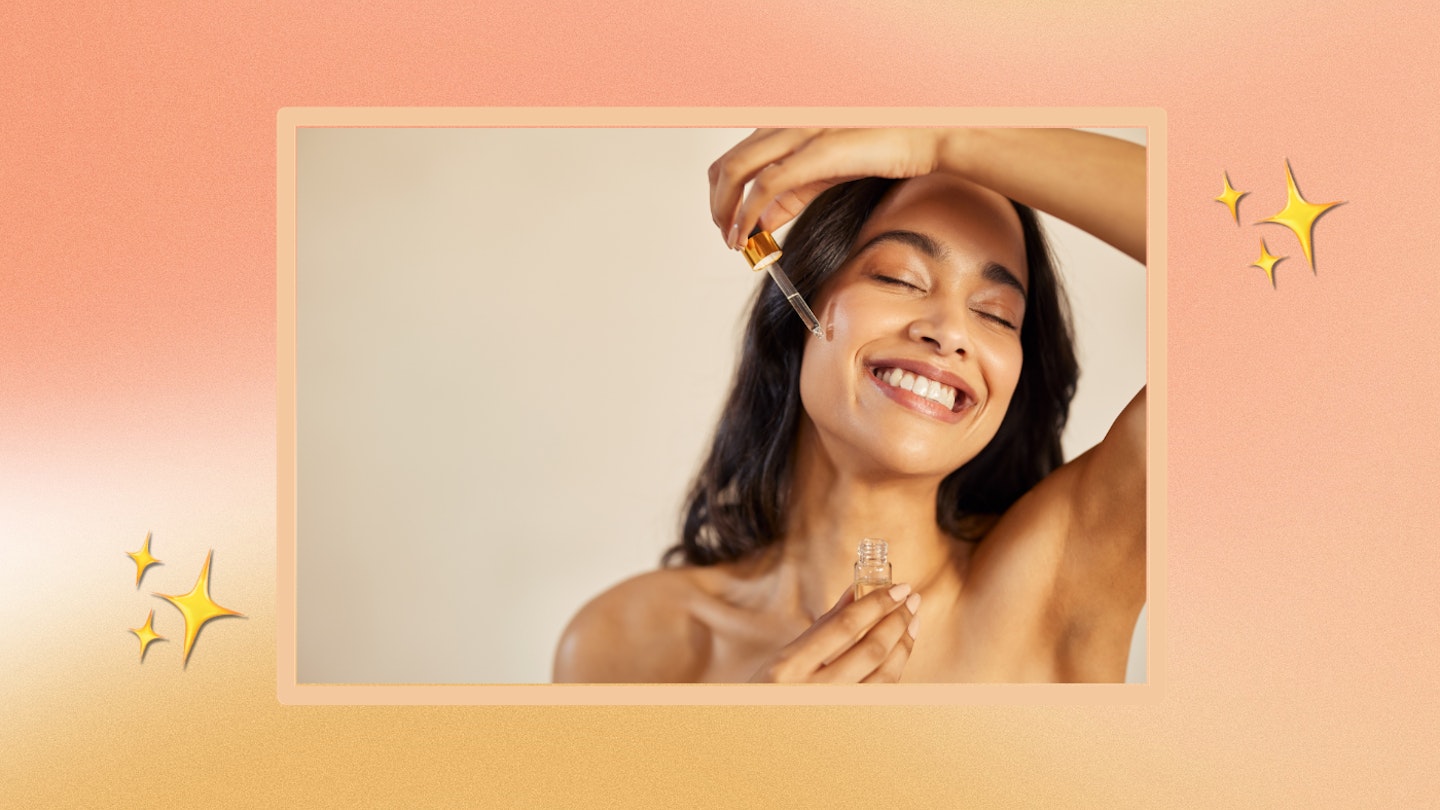When it comes to acids and face serums, lactic, salicylic and glycolic have long been praised for their blemish-busting and smoothing properties over all others. But did you know that there’s a lesser-known acid on the block that’s just as powerful?
Mandelic acid is a multifaceted AHA with multiple benefits that can target several concerns, proven to be beneficial for acne-prone skin. To get a better understanding of what exactly mandelic acid is, we asked Victoria Evans, Education Manager at Dermalogica, to fill us in on why we should seriously consider incorporating it into our skincare routine. Scroll down to see what she had to say about this potent ingredient.
What is mandelic acid?
Many skincare acids are derived from natural plant sources, for example, glycolic acid comes from sugarcane, and salicylic acid from willow bark. Mandelic acid is similar to this. “Mandelic acid is an Alpha Hydroxy Acid (AHA) that is often derived and extracted from bitter almonds,” says Victoria. Victoria adds that mandelic acid can also be synthetically derived for use in skincare formulas. It works by exfoliating the top layers of the skin, giving you a brighter, more glowy complexion.

www.boots.com
If you suffer from dark spots, this is the treatment for you. Not only does this product have mandelic acid, but it’s also formulated with retinol to give skin a serious glow-up.
Customer review: “After having a dark spot left over from a nasty spot, I used this on the affected area as part of my night-time routine, and within 3 weeks the dark spot had mostly disappeared. Brilliant stuff!”
What are the benefits of using mandelic acid in skincare?
Mandelic acid is known for its ability to fight pigmentation, dullness, wrinkles and fine lines along with preventing breakouts. As the skin ages, cell turnover slows down. The middle layer of the skin which is made up of supportive fibres starts to thin, allowing lines and wrinkles to appear. “Mandelic acid helps to speed up cell turnover and is shown to reduce fine lines and wrinkles,” says Victoria.
“It also has an antibacterial effect on the skin, which is helpful for breakout-prone skin,” says Victoria. It may help to reduce breakouts and post-inflammatory hyperpigmentation.
Dermalogica’s breakout-clearing liquid peel is one worth paying attention to if you struggle with uneven texture and acne. Providing enough targeted exfoliation to leave problematic complexions feeling clearer and less congested, it’s a gentle yet powerful option for easily upset skin.
Tried & Tested by Style Writer, Phoebe Denman: "This is the most gentle yet effective acne treatment I’ve ever used. It has calmed my breakouts and redness in a very short time. It also helped fade my post-breakout pigmentation as well."
How to apply mandelic acid
Mandelic acid plays well with other ingredients but it’s always best to check with a dermatologist or skin expert if you’re unsure about skincare layering – particularly when it comes to exfoliating acids.
If you’re looking to add mandelic acid into your routine (or any other new product), we’d recommend patch testing. Apply a small amount of the products on dry cleansed skin on your inner arm or behind your ear. Wait at least 24 hours to see if any irritation occurs. If you notice any burning, itchiness, or redness, rinse off and discontinue use. It can take up to 72 hours for a reaction to present itself.
In terms of which products to try out, exfoliating peels are your best bet, according to Victoria. “Mandelic acid is often formulated in exfoliating peel formulas along with other acids and actives for best results. Depending on strength, this type of product may be indicated for use 1-2 times a week.” Added Victoria.

This treatment, which contains 10% mandelic acid, is cruelty-free, vegan and gentle enough for even the most sensitive skin, according to the brand. Its lightweight formula helps to brighten skin for a more radiant and youthful complexion.
Tried & tested by Style Writer, Phoebe Denman: "For just £6.50, this is absolutely fantastic! You can use it on its own, but I started by diluting it with other treatments to reduce its strength until my skin developed a tolerance and still found it worked great for giving my skin a good glow."
Mandelic acid is a skin-friendly AHA that can help with acne, hyperpigmentation, reducing fine lines and wrinkles and a number of other skin grievances. Due to the gentle nature of the acid, it’s great for almost all skin types, even sensitive.
So, there you have it – everything you need to know about mandelic acid and achieve the clear, smooth skin you’ve always dreamed of. You’re welcome.

